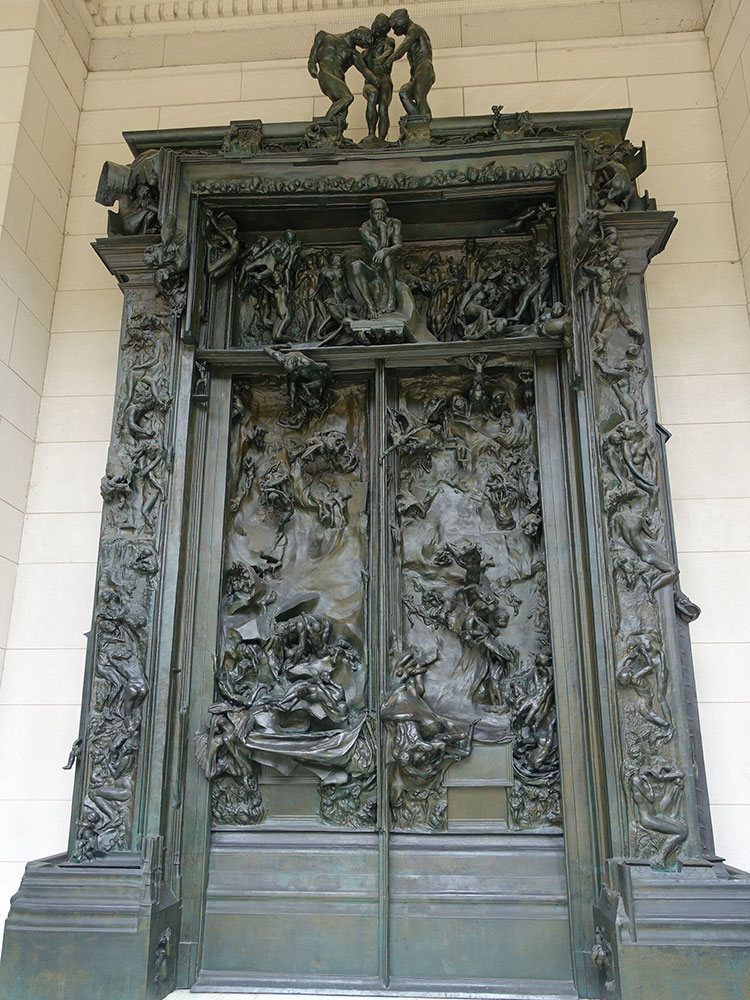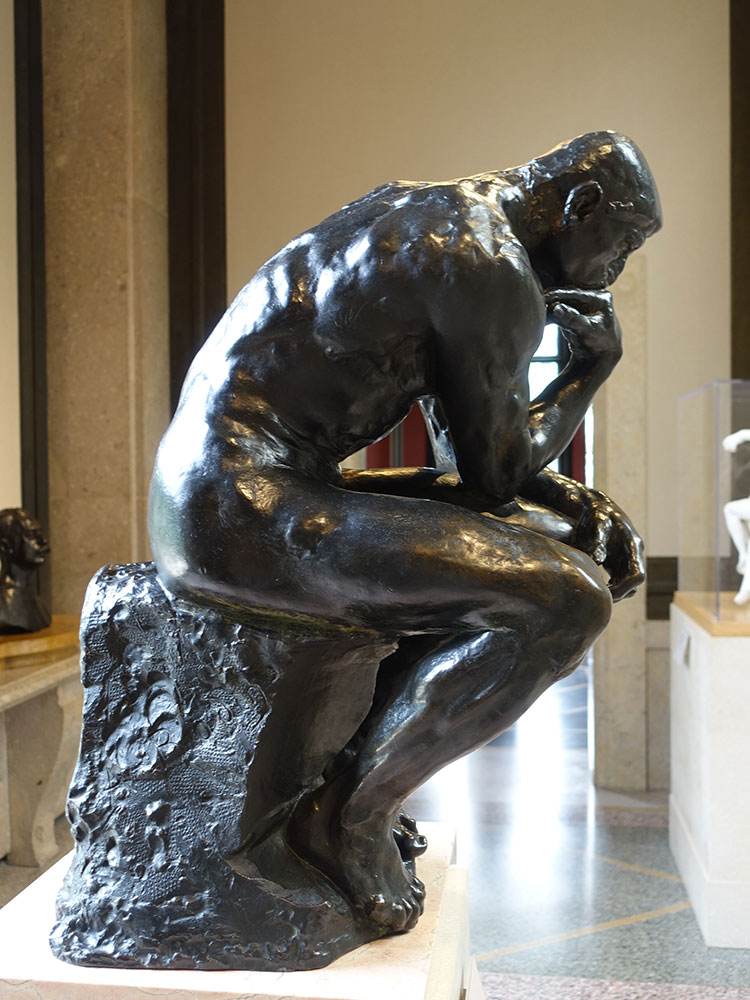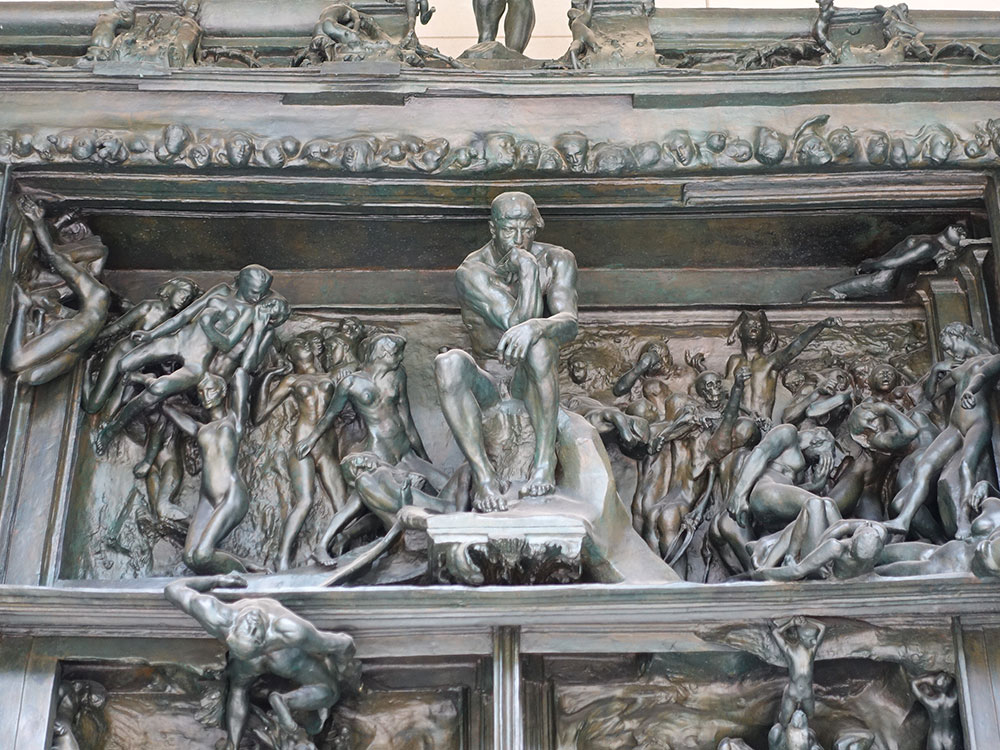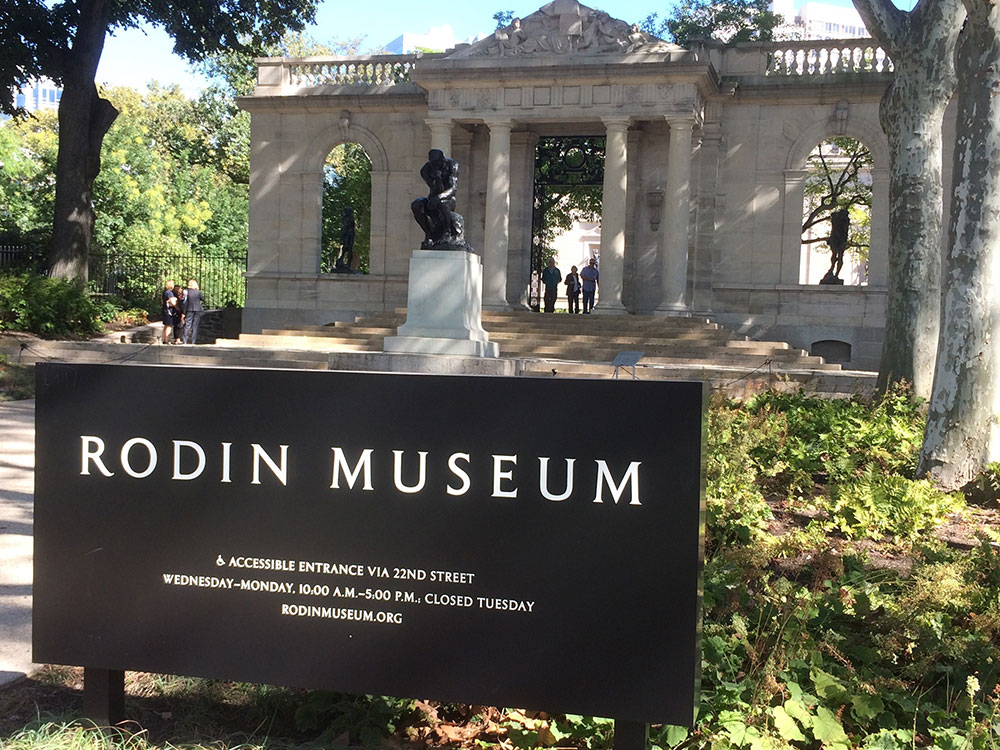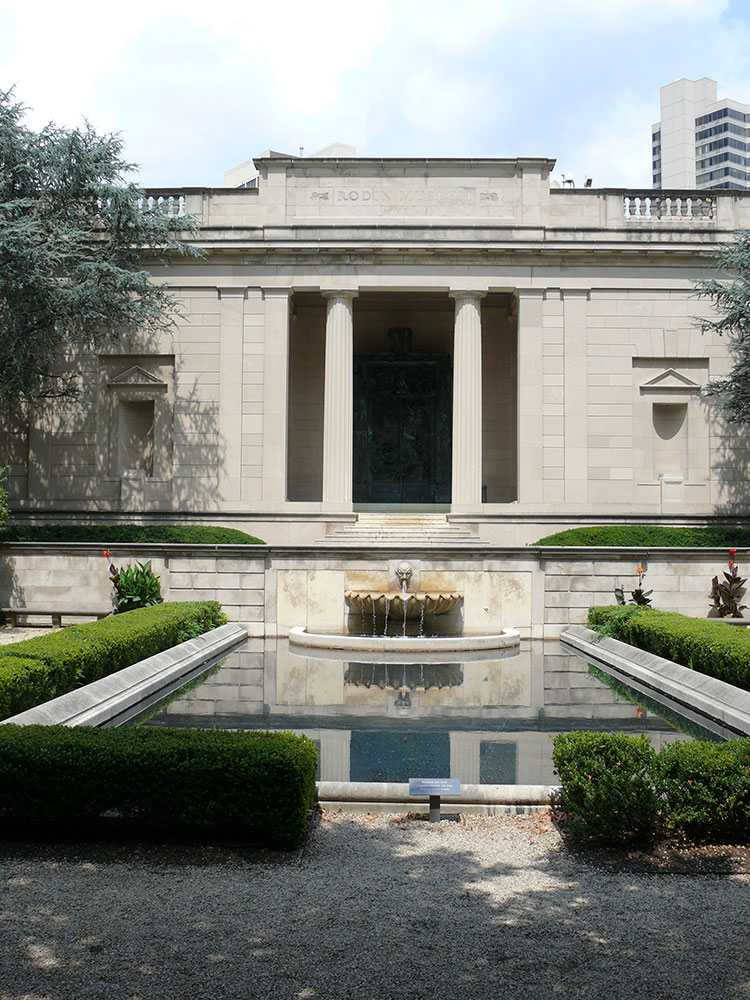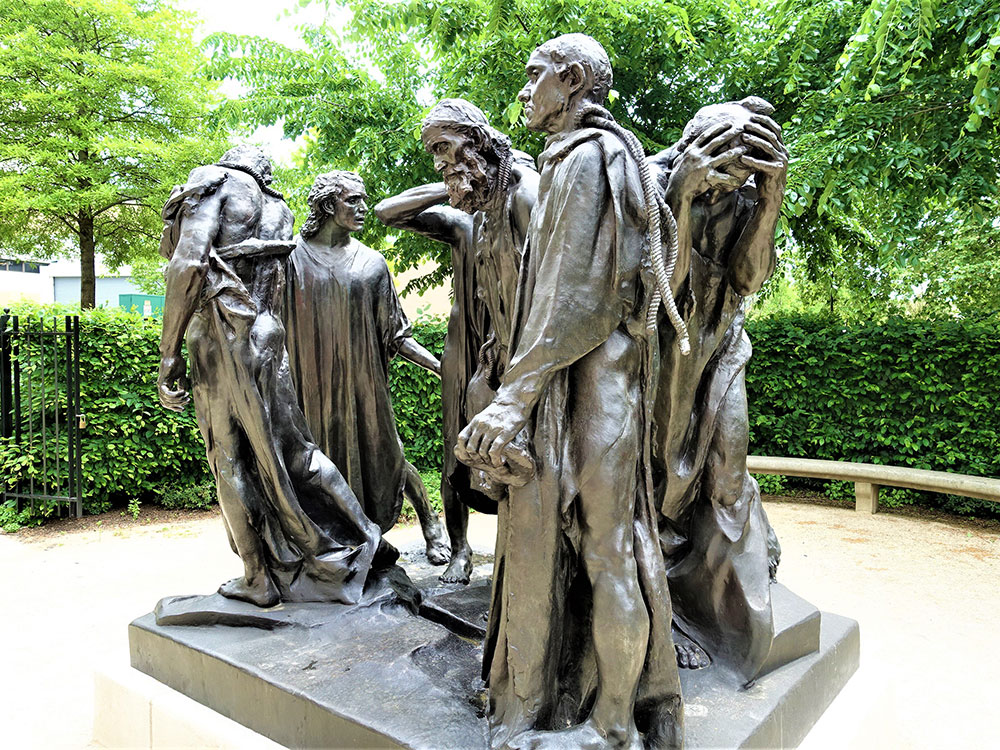Museum contains one of the largest collections of sculptor Auguste Rodin's works outside Paris
General Information
Seniors (65 & over) $14.00
Youths (13-18): Free
Children (12 & under): Free
How to Get There
Take S Penn Square, John F Kennedy Blvd and Benjamin Franklin Pkwy to Pennsylvania Ave. Turn right onto Pennsylvania Ave.
Overview
The Rodin Museum located in Philadelphia contains one of the largest collections of sculptor Auguste Rodin's works outside Paris. Opened in 1929, the museum is administered by the Philadelphia Museum of Art. The museum houses a collection of nearly 150 objects containing bronzes, marbles, and plasters by Rodin.
Collection
The best-known of Rodin's works, The Thinker (1880-1882), sits outside the museum in the entry courtyard. Visitors once entered through a cast of The Gates of Hell, located at the main entrance to the museum, which is no longer used. This massive 5.5-m-tall bronze doorway was originally created for the Museum of Decorative Arts (which was to have been located in Paris but never came into existence). Rodin sculpted more than 100 figures for these doors from 1880 until his death in 1917. This casting is one of the three originals; several others have been made since. Several of his most famous works, including The Thinker, are actually studies for these doors which were later expanded into separate works.
The museum's several rooms house many more of the artist's works, including The Kiss (1886), Eternal Springtime (1884), The Age of Bronze (1875-76), and The Burghers of Calais, a monument commissioned by the City of Calais in 1884.
This article uses material from the Wikipedia article "Rodin Museum", which is released under the Creative Commons Attribution-Share-Alike License 3.0
